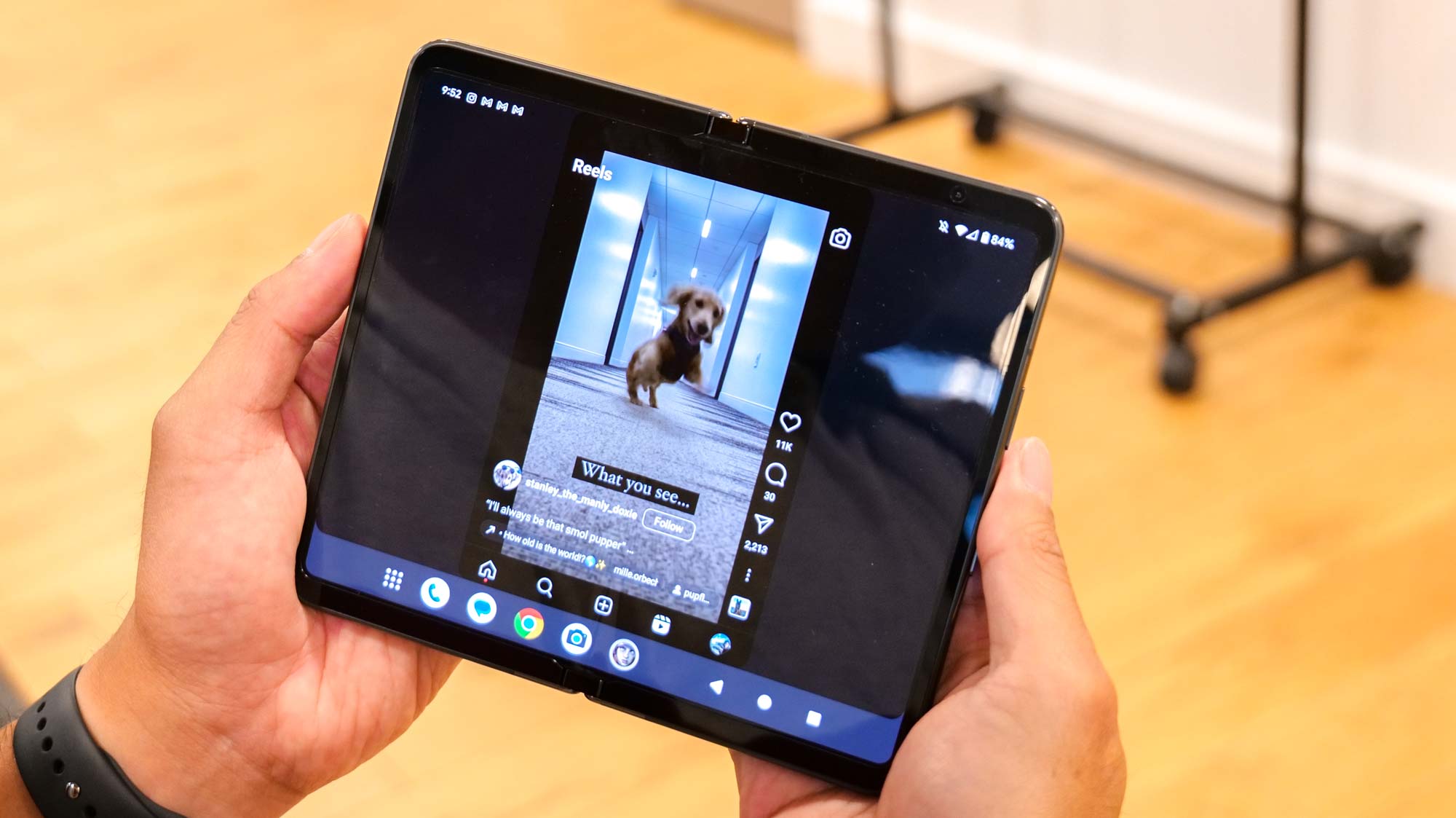
As the Pixel Fold represents Google's very first foldable, the company needs to convince consumers that it's made a strong contender to the Samsung Galaxy Z Fold 4. And despite some solid reviews, some early hurdles have sprung up.
Already, it seems that there are problems swirling around the Pixel Fold’s durability and design, with some new owners noticing cosmetic issues around the inner display. While I haven’t had any of those problems using the Pixel Fold, there’s actually one other thing I have issue with — the foldable's inability to scale apps properly.
One of the benefits of having two displays in the Pixel Fold is the ability to use it like any of the best smartphones out there with just its 5.8-inch outer display. Then you have the option of going bigger by opening up the fold to reveal a larger, inner display. Measuring at a whopping 7.6-inches, that OLED panel with a 120Hz refresh rate is a sight to behold, especially when it comes to watching high quality videos on YouTube.
I love the productivity value of the Pixel Fold's split screen mode, where two apps are positioned next to each other on the inner display. It makes me more efficient at what I do. For example, I find it much easier to click and drag photos stored in the photo gallery to an email I was composing in Gmail or perhaps, scrolling through my Instagram feed while carrying a conversation in Slack.
Things get even better in full screen mode whenever I ran apps by themselves. Much like tablets, these apps are usually optimized to make use of the extra space.
Duh! There's love for the native apps
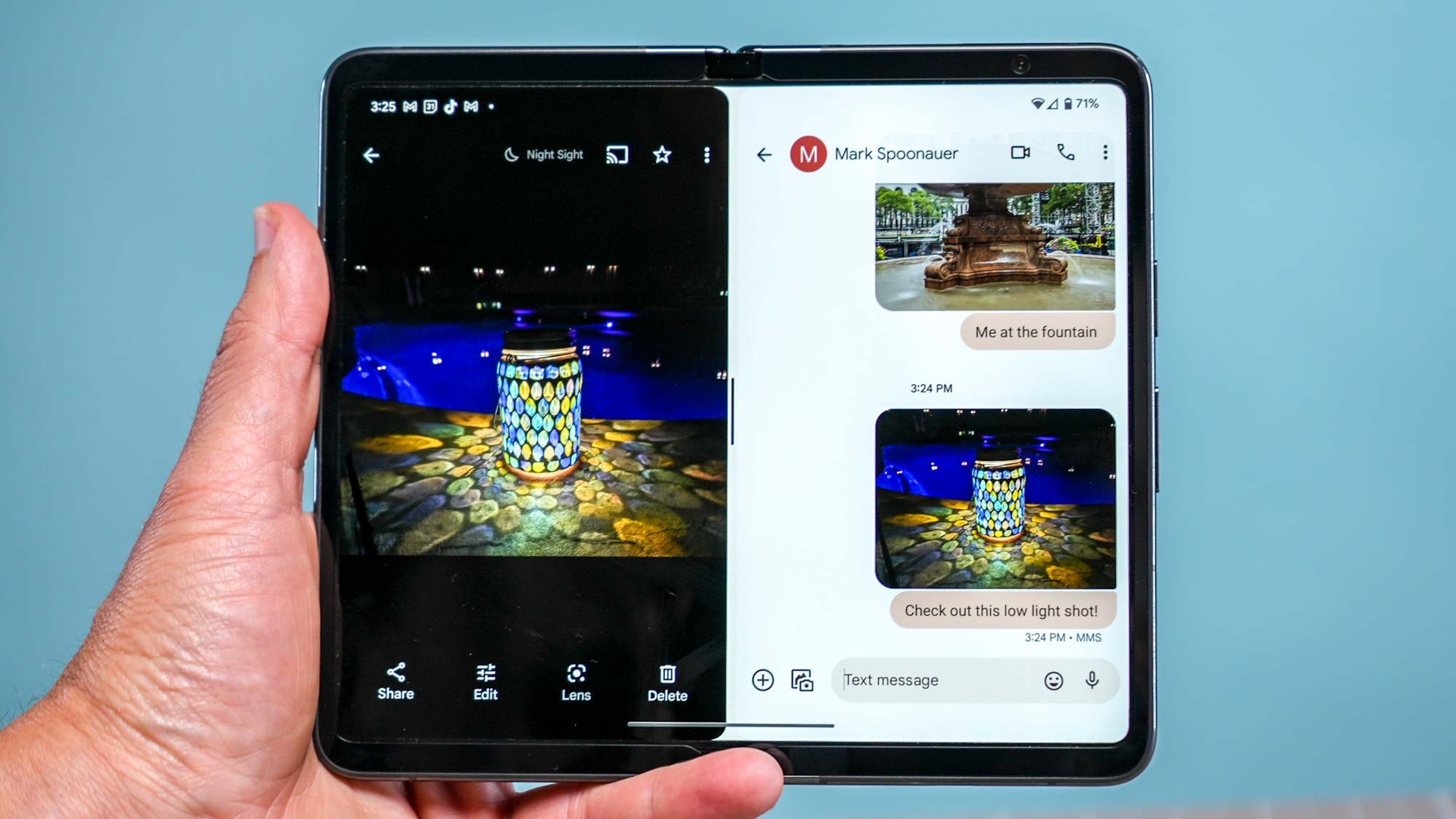
Native apps rightfully get the treatment, with Gmail, YouTube, and Google Maps making use of the extra real estate. And thanks to the Tensor G2 inside of the Pixel Fold, these apps run incredibly smooth and responsively — making my workflow easier. For example, Gmail displays my entire inbox on the left side of the screen in split mode, while the email I’ve selected is shown with the right.
It’s not surprising that Android’s native apps are optimized for the larger screen of the Pixel Fold, but after installing all the apps I use every day, it became apparent that the Fold doesn’t play as nicely with third-party apps. That’s because the vast majority of them don’t scale up properly, often accompanied by wide gaps to the left and right sides of the app screen.
Third-party apps don't always fill the screen
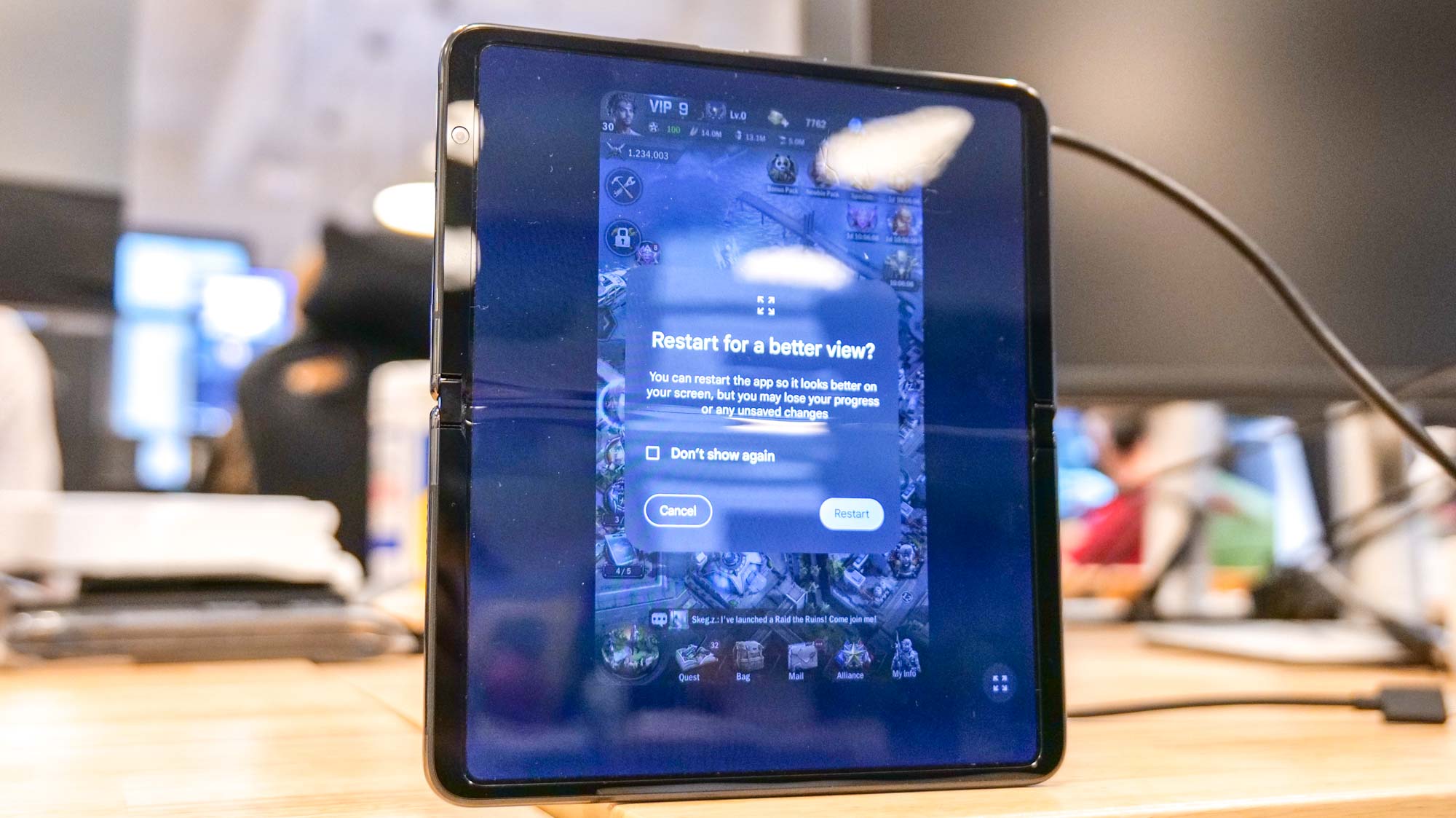
Instagram, Facebook, and Yelp all fall victim to this issue during my time with the Pixel Fold. You would think that by using the inner display, they would all scale up to some degree to offer a more practical layout.
I play Age of Origins religiously and know exactly how much better it looked playing on Samsung's foldable in my Google Pixel Fold vs. Samsung Galaxy Z Fold 4 comparison. The sprawling world map is laid out to extend all the way to the edges of the display, whereas on the Pixel Fold, the annoying black bars to the left and right get in the way.
So, why are they there? That's because the game is scaling as if it were a standard smartphone. I did find out (eventually) that some apps will scale to the full length of the display when you rotate the Pixel Fold. I know it’s one simple motion, but users shouldn’t be required to do this because our instinct is for them to do it automatically whenever the Pixel Fold is opened up. Check out how some games and popular third-party apps load on the Pixel Fold below.
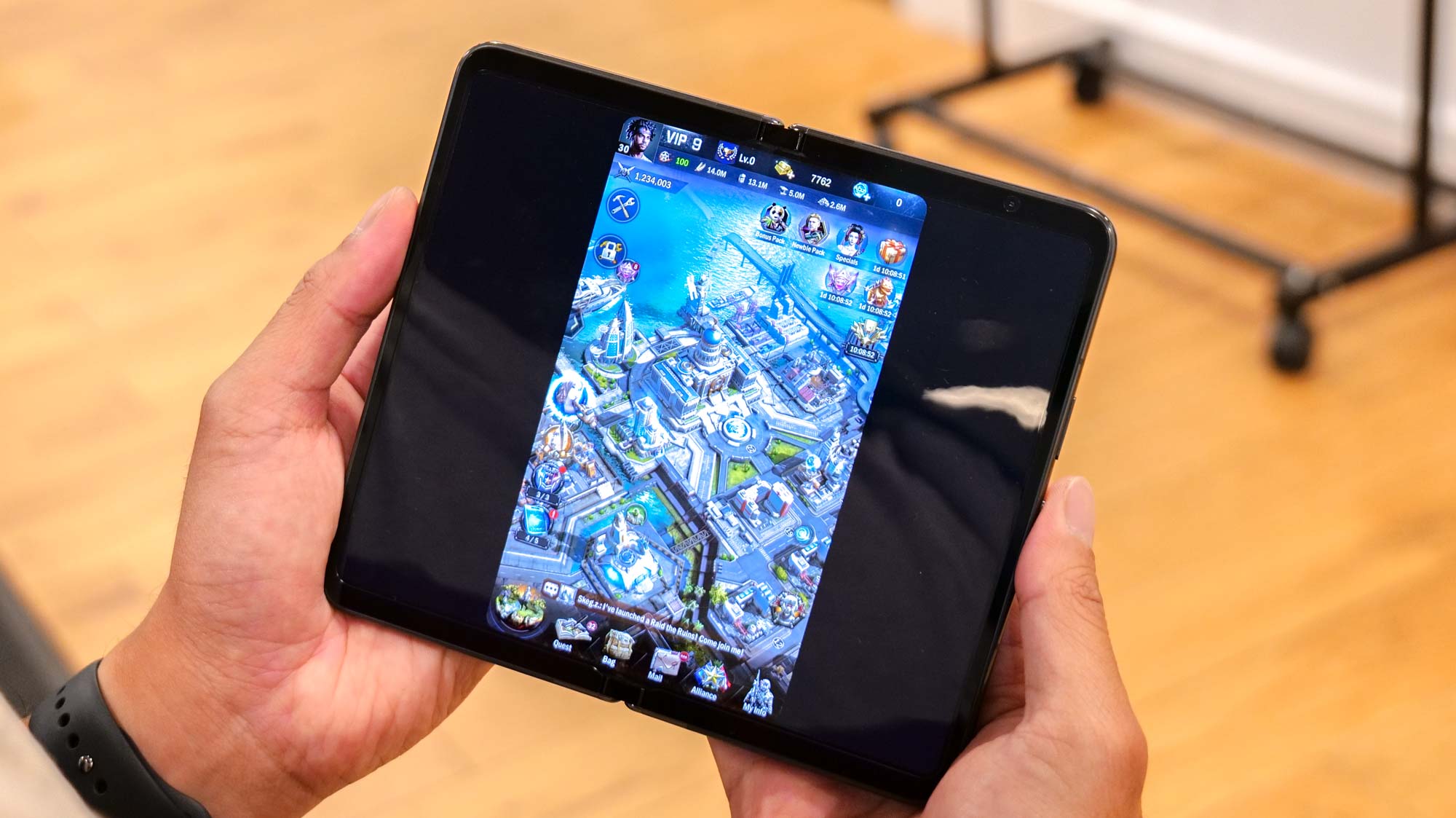
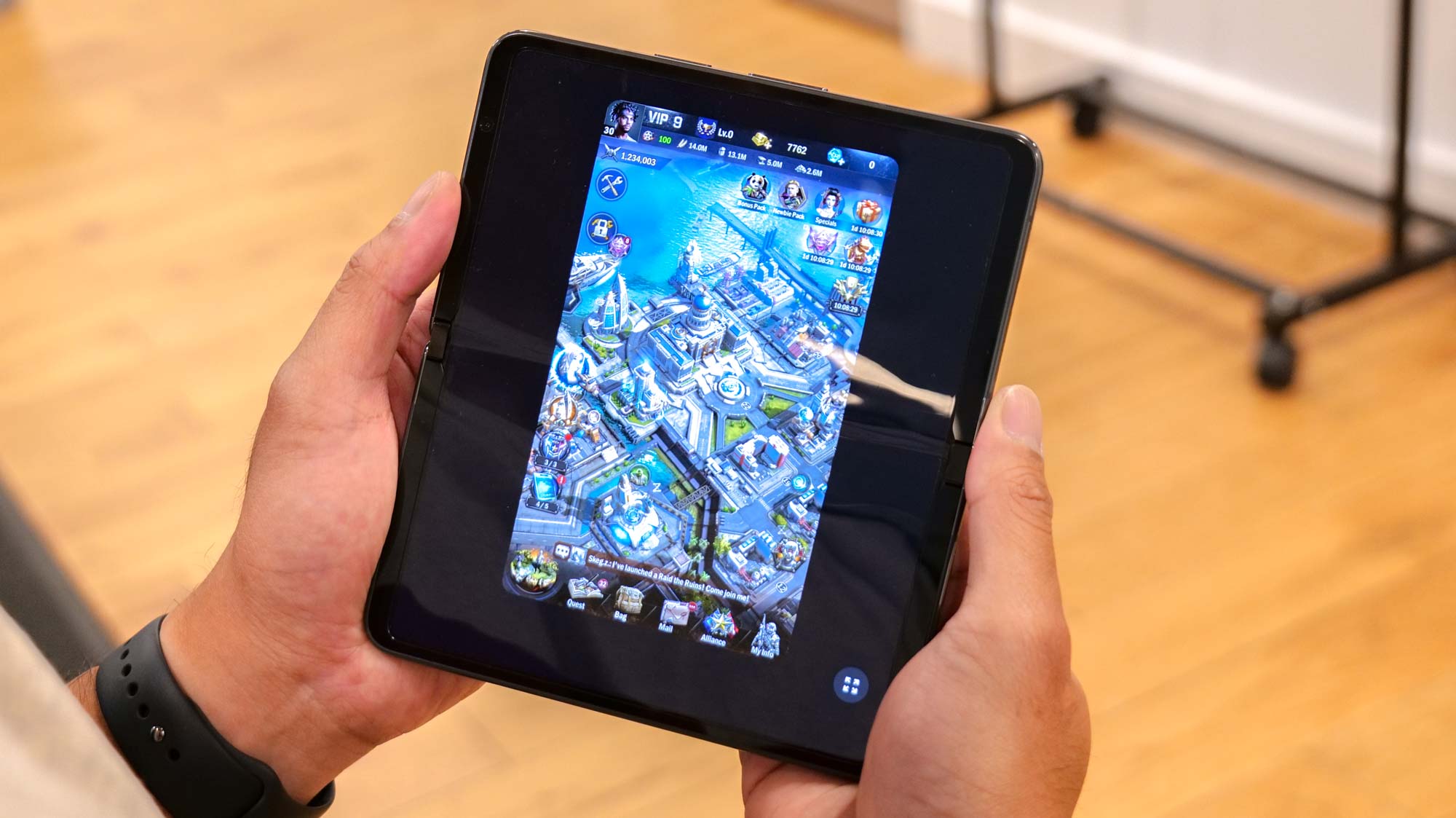
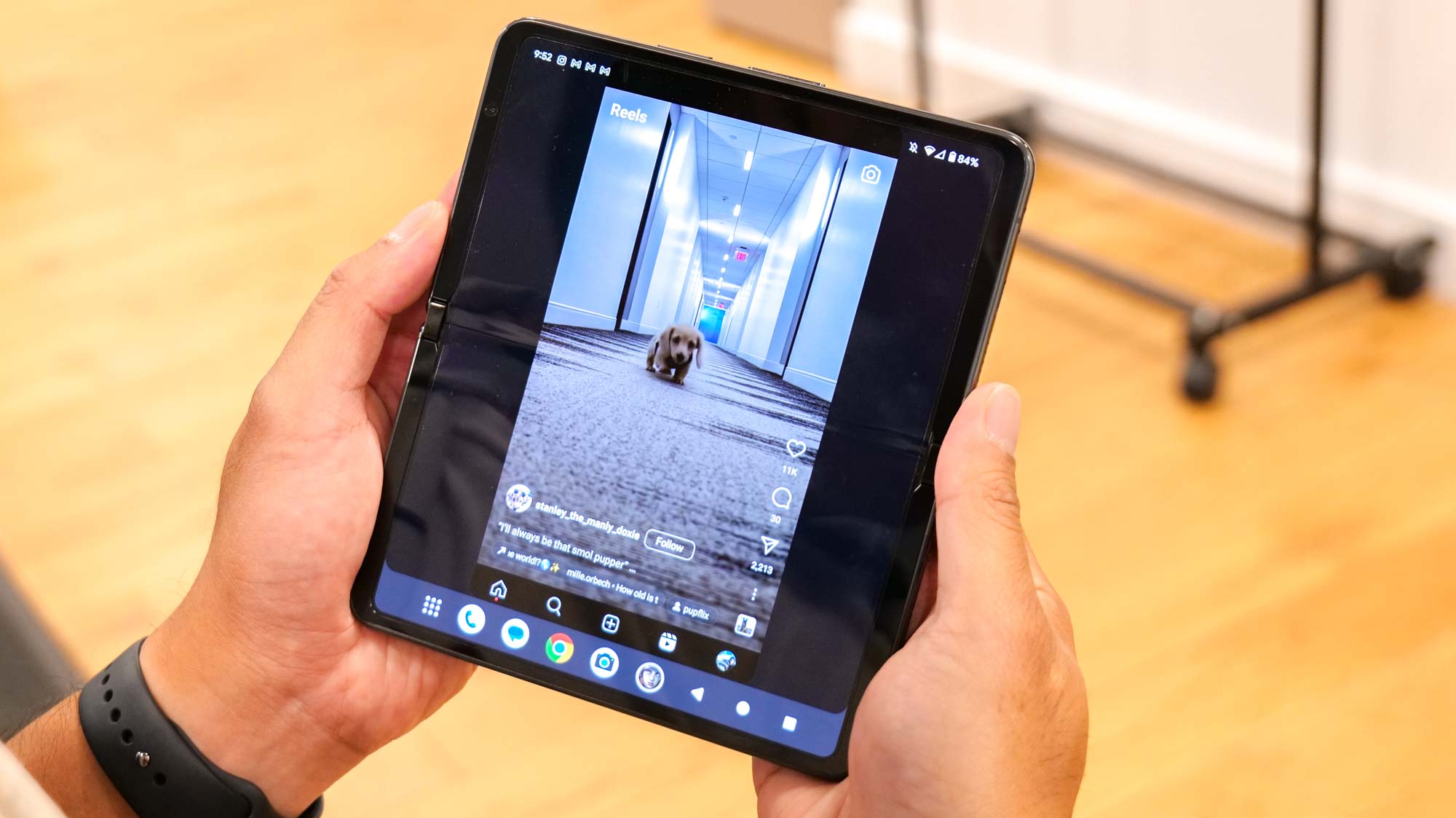

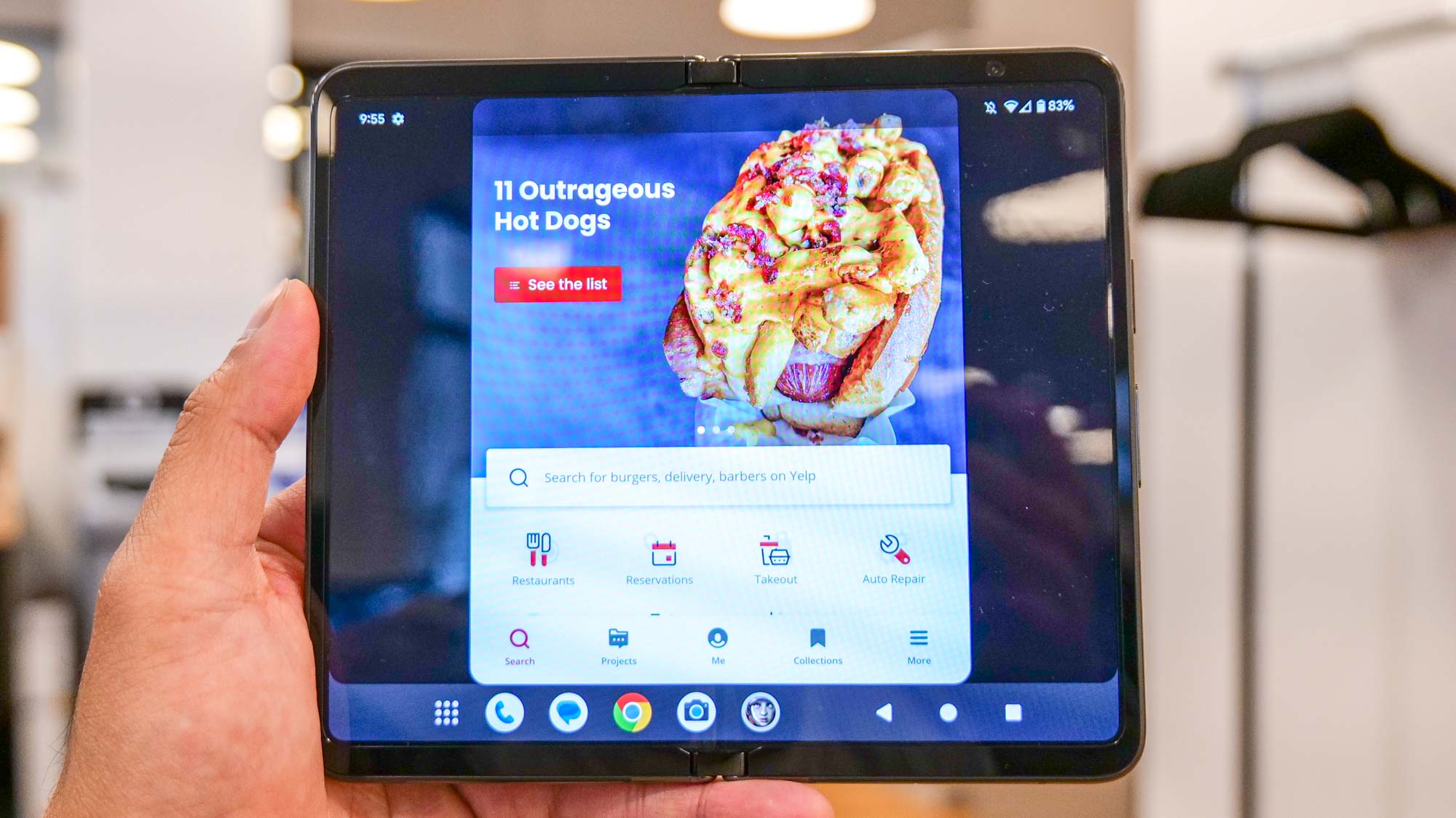
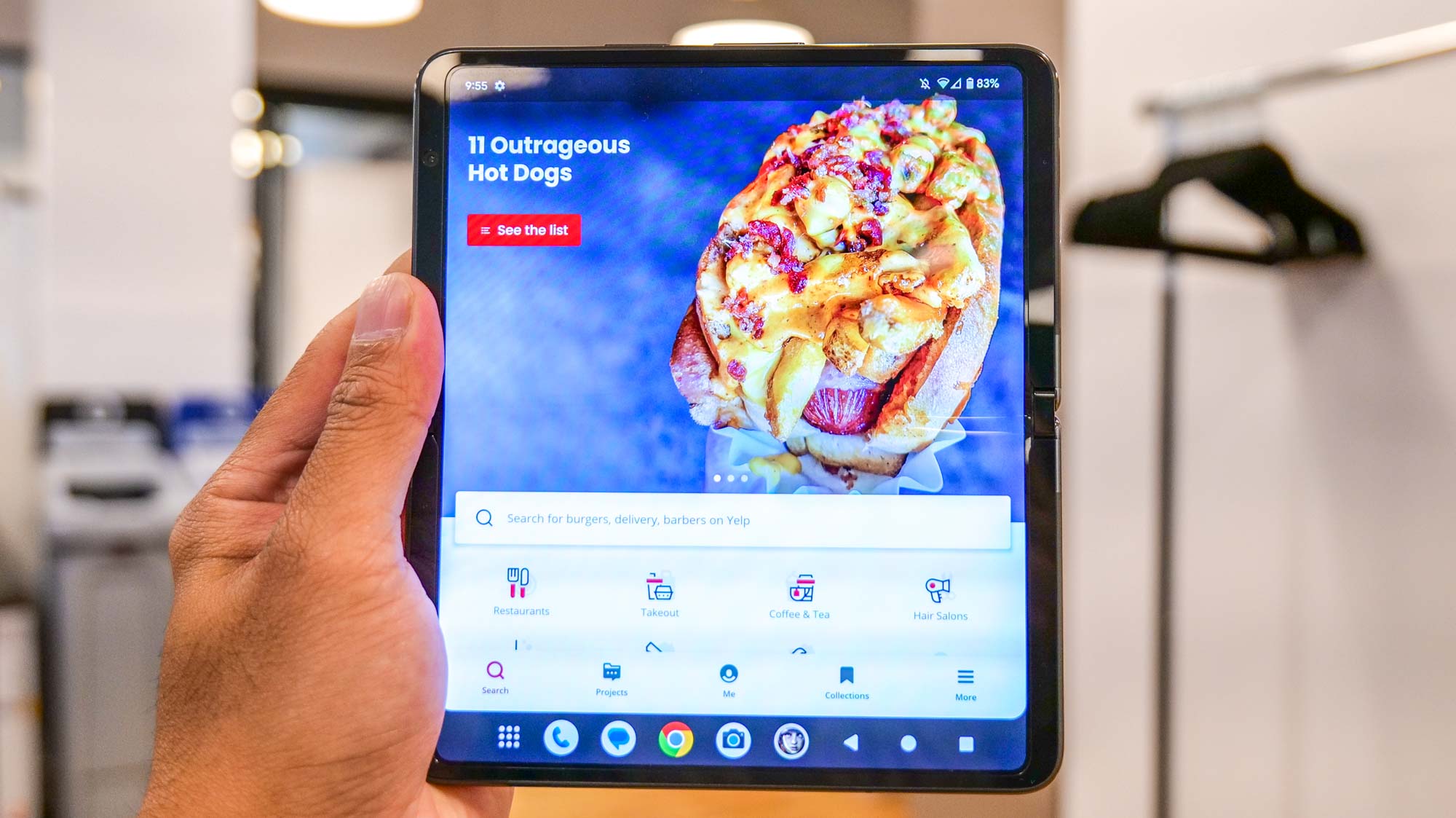
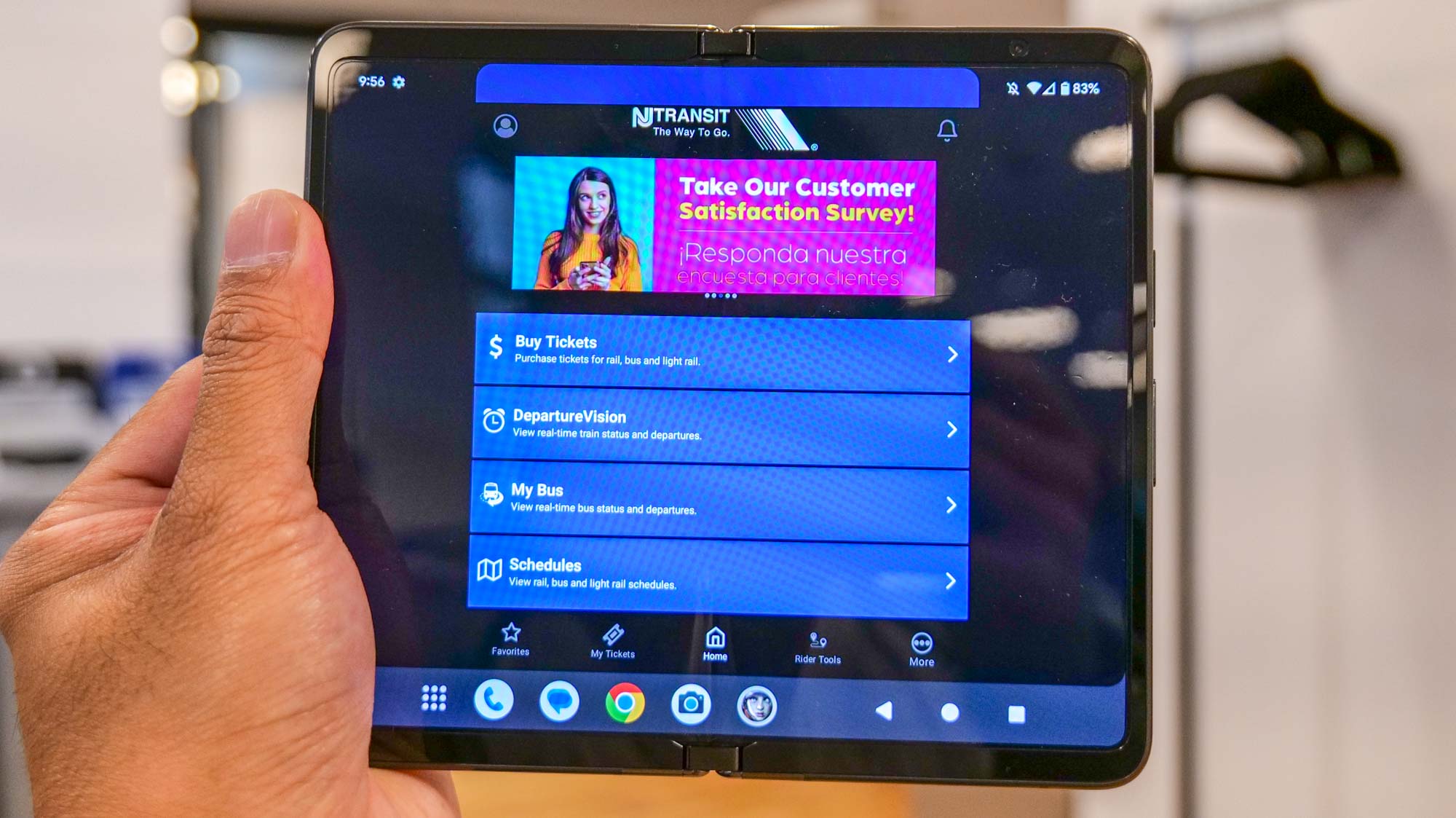
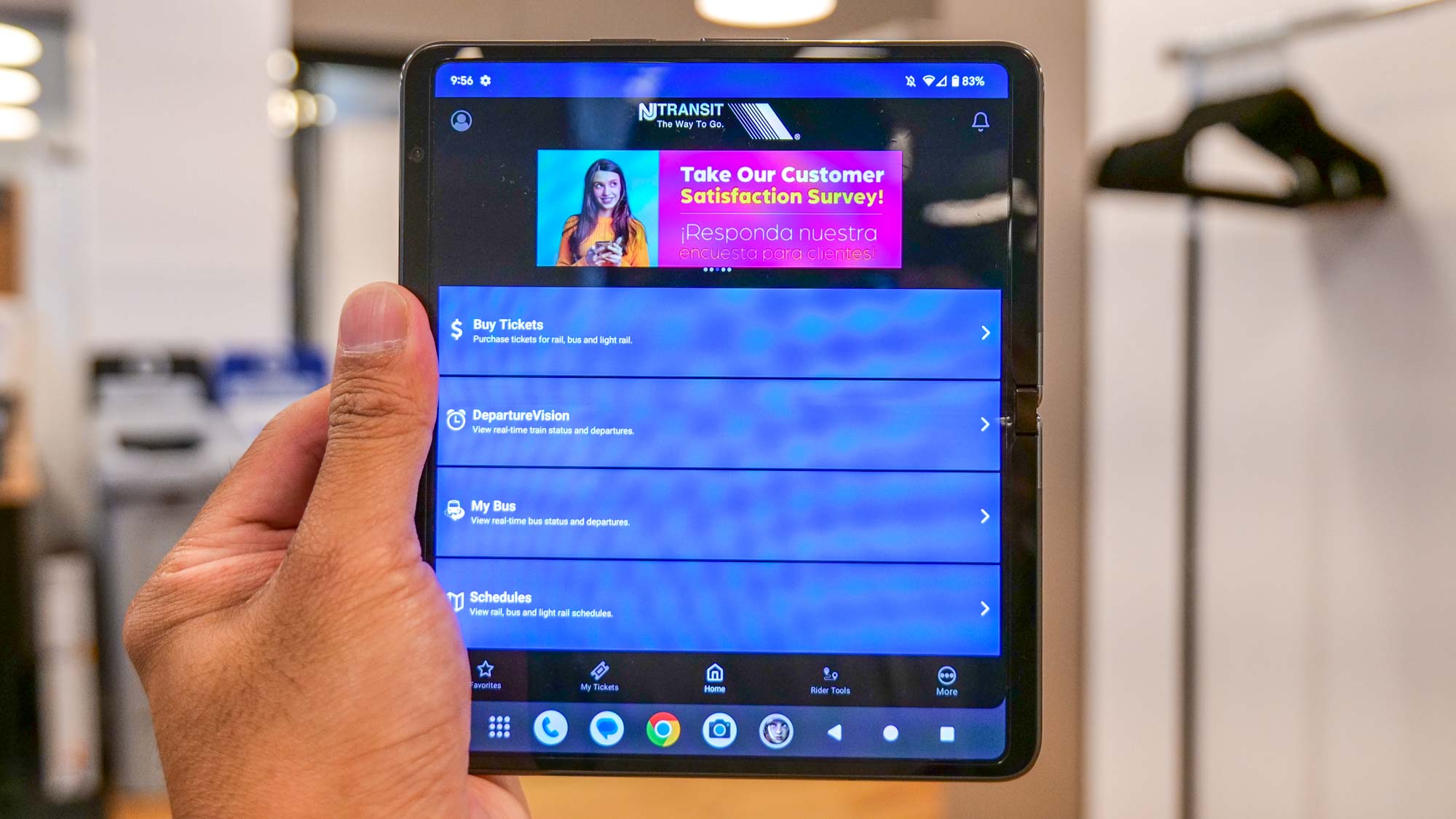
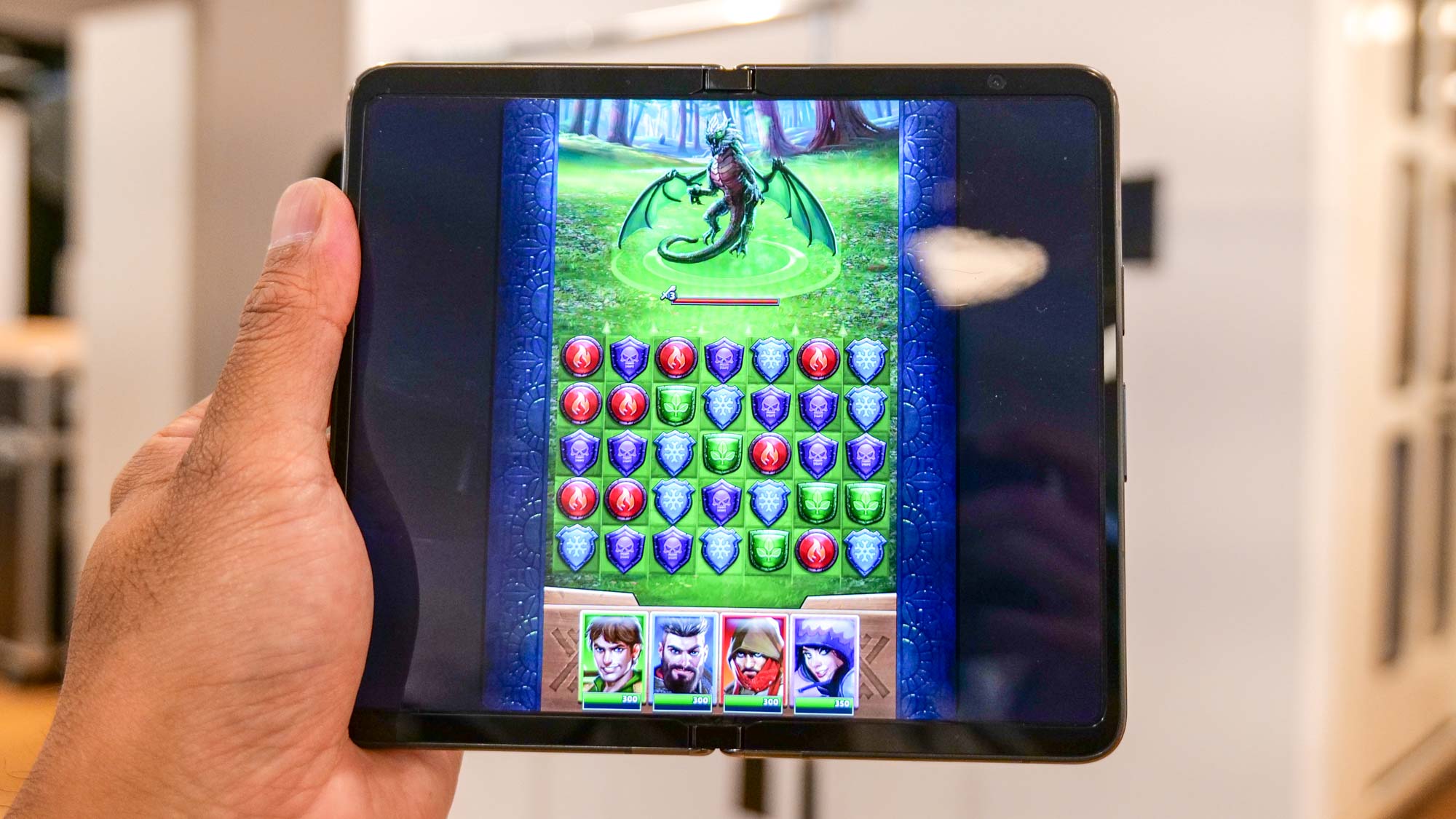
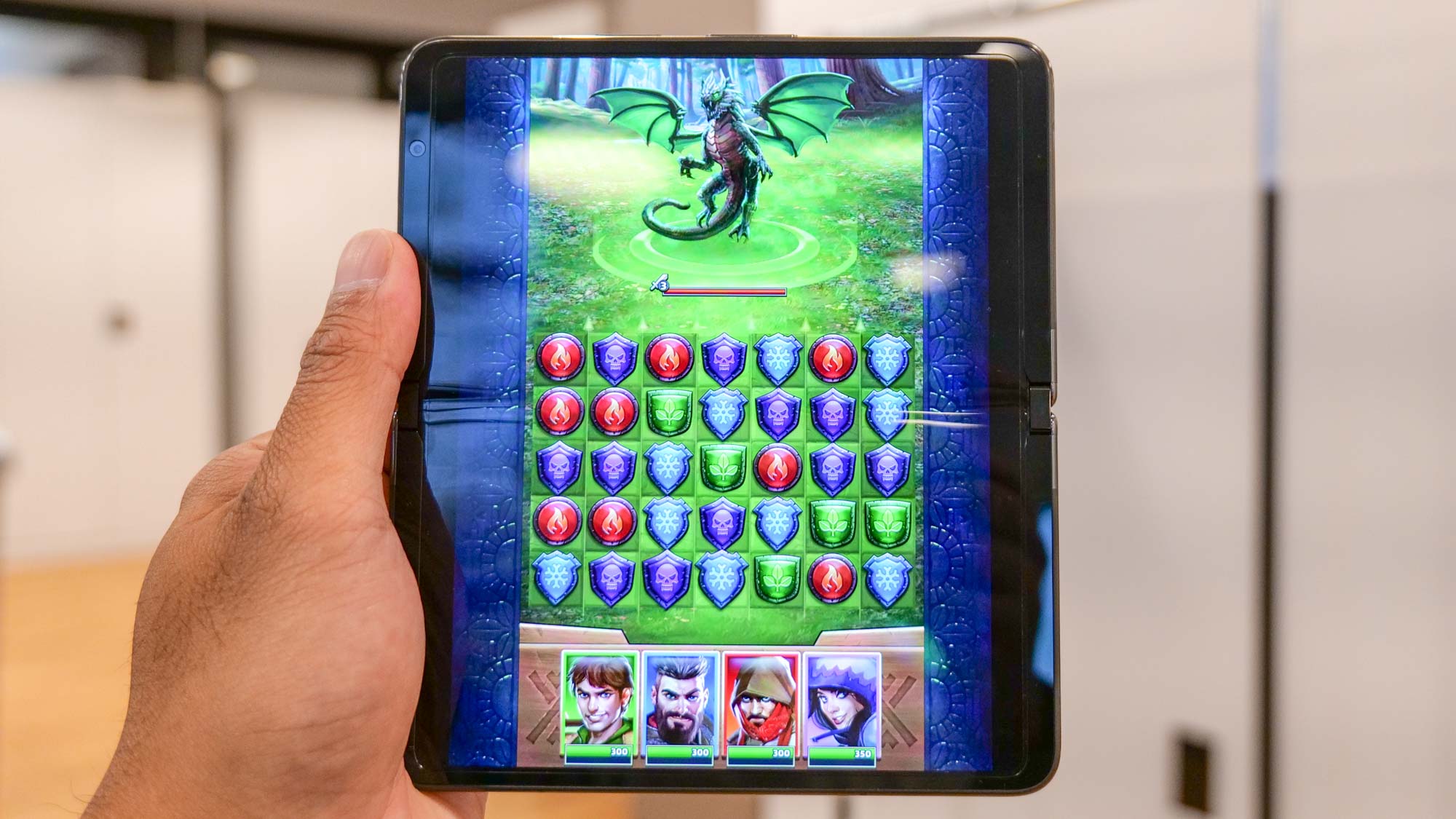
I found other quirks that added to my frustrations about the Pixel Fold. Another game I ran in full screen mode stayed locked in place when I rotated the phone, which didn’t change when I rotated it back to its normal position. I ended up having to restart the game to correct it.
The reason why this happens is that some apps do not yet support responsive layouts, forcing these apps to instead center on the display with those dead spaces on the sides. “We are actively working with our developer partners to optimize even more apps for the foldable form factor and have made significant progress just in the past year,” said a Google spokesperson when I asked for a comment. “In the meantime, rotating is the best way to expand portrait-only apps.”
A software update could easily fix it
Google’s venture into the foldable space with the Pixel Fold could be forgiving being its first-gen product, but I had higher expectations with the software. Knowing what’s at stake and the current competition, you would think Google would’ve been more meticulous about how apps run on the Pixel Fold.
If you recall, the original iPad faced the same problem with many third party apps simply being enlarged to take up the entire display. They were the same apps found on the iPhone, but were blown up. Google's had a proper tablet operating system in place since the release of Android 3.0 Honeycomb.
Thankfully, this could all be remedied with a simple software update as Google continues to work with developers around the issue. It may take some time to detail all of the nuances with scaling apps to fit the display’s aspect ratio, but it would be a tremendous boost in refining the Pixel Fold. Now that’s it’s finally here and available to the masses, I hope this will be a quick fix.







